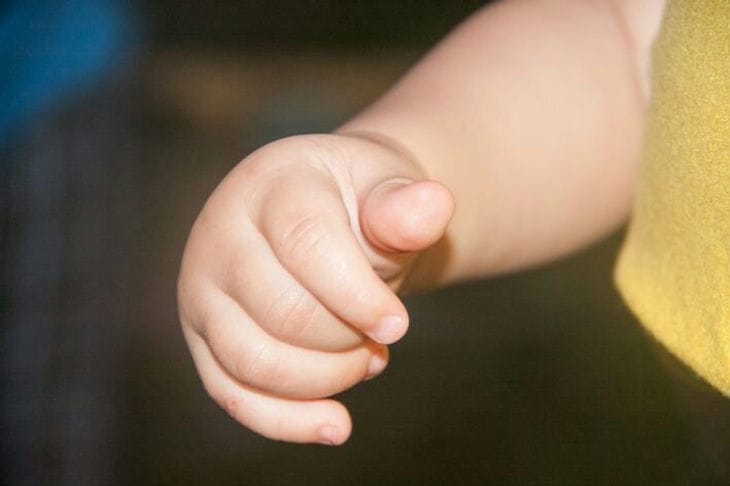Probably, every parent would be curious to know what kind of toy can be given to a baby from 1 to 3 years old in order to carve out some free time for themselves.
The answer is: a sensory box is not only a useful developmental activity, but also costs mere pennies.
The number of sensory box options is truly limitless – as they say, for every taste, color and kitchen cabinet contents.
How to Make a Sensory Box
To create a sensory bin, you will need a container that is large, wide, and sturdy to prevent the contents from spilling.
Until the age of 2.5-3 years, it is not necessary to create “themed” boxes; it is more important to use materials with different physical properties that differ in color, tactile sensations, etc.

To prevent your child from getting tired of the sensory box, you can periodically add new fillers and hide small toys.
You can use beans, millet, rice, aquarium soils and hydrogels as fillers. Additional elements are “precious” stones that can be found in craft or art stores, small figures of people and animals, etc.
Safety When Playing with a Sensory Bin
Sensory bins are great for kids to play on their own.
However, you should not leave your baby unattended to prevent him from eating anything dangerous or putting the contents of the box into his nose or ears.
Earlier we talked about how to argue with children correctly .








